
Brighton & Hove City Council is taking steps to protect the city's 'precious' elm trees for the future.
Two hundred elm trees across the city were inoculated on May 23 and 24, including the remaining Preston Park twin.
They also chose a further 199 elms located in Royal Pavilion Garden, Valley Gardens and The Level to receive the treatment.
The treatment makes it possible to protect the trees from elm disease for one year and when administered annually, for years to come.
The council is using an organic product called Dutch Trigg to inoculate the trees, which is injected directly into the trunks of the trees using a specialist tool.
The tool is designed so that the newest growth ring in the tree trunk can be pierced without damaging older rings which prevents the spores of previous infections being released and infecting the tree again.
This method of inoculation ensures a direct uptake by the tree.
The trees must be treated in spring before their leaves reach full growth and the beetles carrying the deadly elm tree killing fungus emerge.
The work will be carried out by tree specialists at Bartlett Tree Experts.
Elms remain the dominant tree across the city with an estimated growing population of more than 17,000.
The beautiful elm collection supports biodiversity in Brighton & Hove, including offering a habitat for white-letter hairstreak butterflies which feed on them.
Due to the success of the elm disease control programme, Brighton & Hove is the holder of the National Elm Collection.
We’ve lost many trees to elm disease over the years, which are subsequently removed as part of disease conservation work.
Each summer, the arboriculture team faces a battle across the city against the tiny beetles carrying elm disease.
The disease spreads very fast so the removal of infected trees is done as quickly as possible to control the infection spreading further to neighbouring trees.
The council says that tackling elm disease has become harder over the last few years for several reasons.
One of the most common ways for a tree to become infected is via beetles breeding on elm logs stored in the area.
These logs are likely to have been brought in from other parts of Sussex where there has been a massive rise in elm disease infection and subsequent logs becoming available.
In recent years, there has also been a rapid increase in the number of wood-burning stoves being used in the area, increasing the risk of contaminated wood coming into the city.
The council asks residents not to buy any logs if the supplier cannot guarantee that the wood isn't elm. They also ask you not bring any elm timber into the city for use as garden ornaments, seating or anything else.
The arboriculture team offers a free inspection of firewood and other timber. If the wood is elm, they’ll dispose of it and give you a similar quantity free of charge.
They also ask residents to let them know about any elm tree they spot with leaves turning from green to yellow or brown or with a scorched look in spring and report any dead trees you see around the city.
If you’re concerned about an elm tree, contact the council by emailing [email protected].

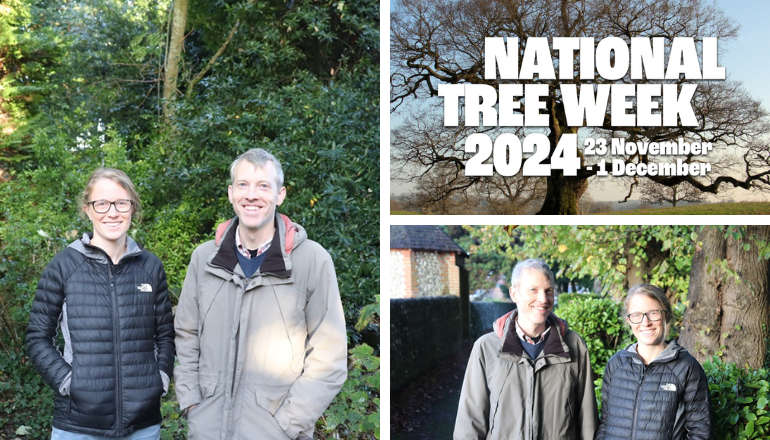 Funding Available For Tree Planting In Chichester District as National Tree Week Begins
Funding Available For Tree Planting In Chichester District as National Tree Week Begins
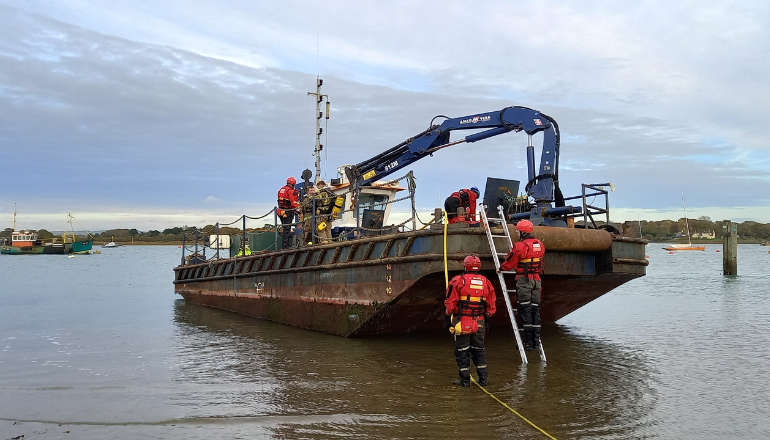 West Sussex Firefighters And Emergency Services Carry Out Training Exercise In Chichester Harbour
West Sussex Firefighters And Emergency Services Carry Out Training Exercise In Chichester Harbour
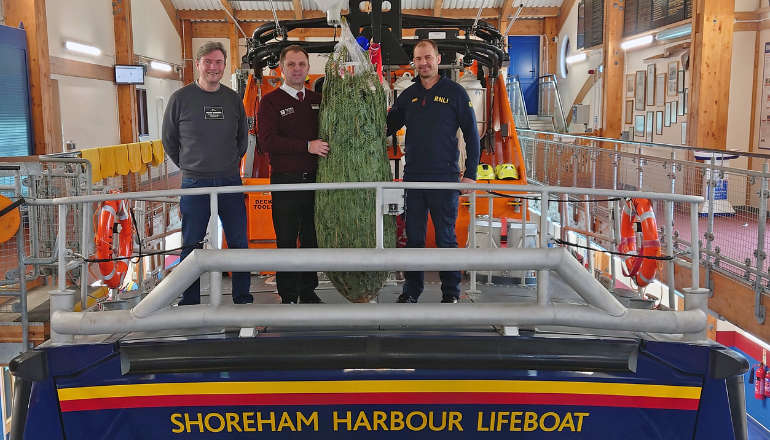 Shoreham Lifeboat’s Festive Look Boosted By Family-Run Business
Shoreham Lifeboat’s Festive Look Boosted By Family-Run Business
 Final Touches Being Made To £2m Sussex Wastewater Site Upgrade
Final Touches Being Made To £2m Sussex Wastewater Site Upgrade
 AllSaints Founder To Host Sustainable Fashion Show In Brighton To Raise Money For Homelessness In City
AllSaints Founder To Host Sustainable Fashion Show In Brighton To Raise Money For Homelessness In City
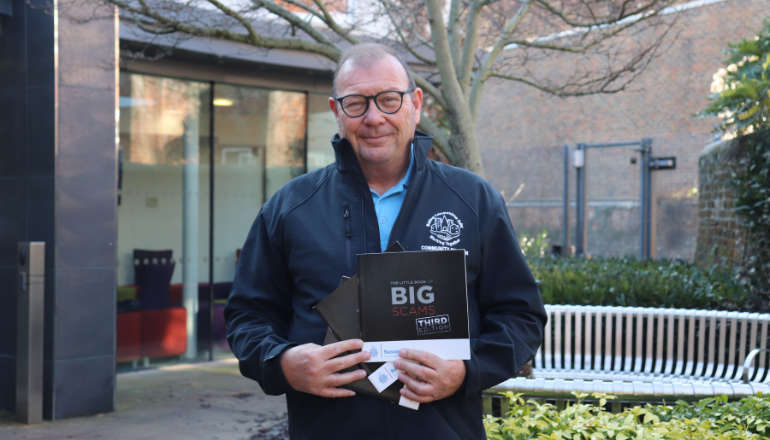 Chichester Community Warden Helping Fight Against Fraud This Christmas
Chichester Community Warden Helping Fight Against Fraud This Christmas
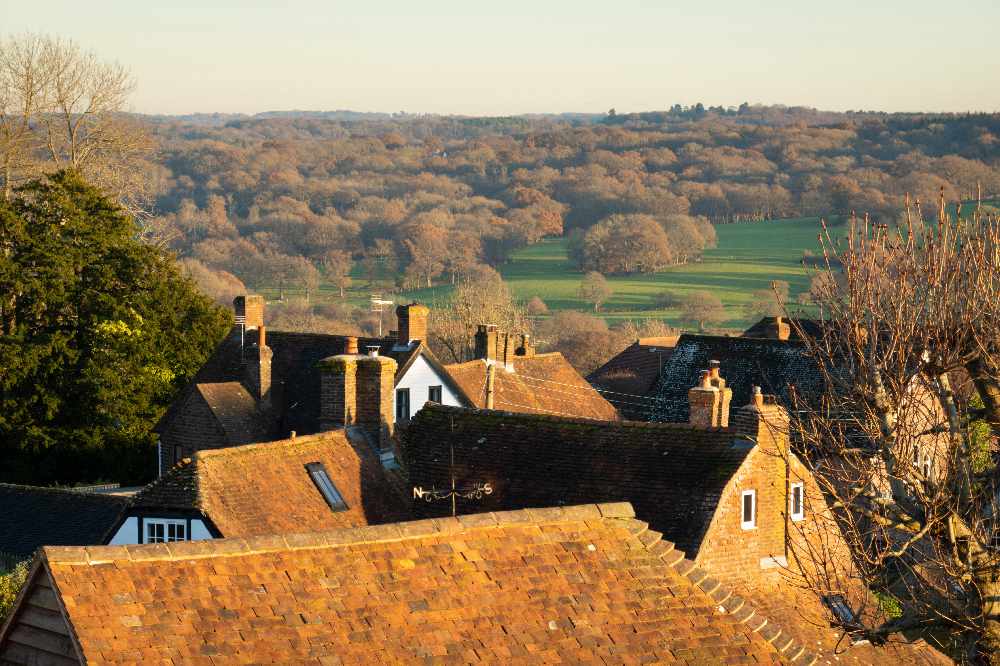 Wealden Council Calls For Government Rethink On Winter Fuel Payment
Wealden Council Calls For Government Rethink On Winter Fuel Payment
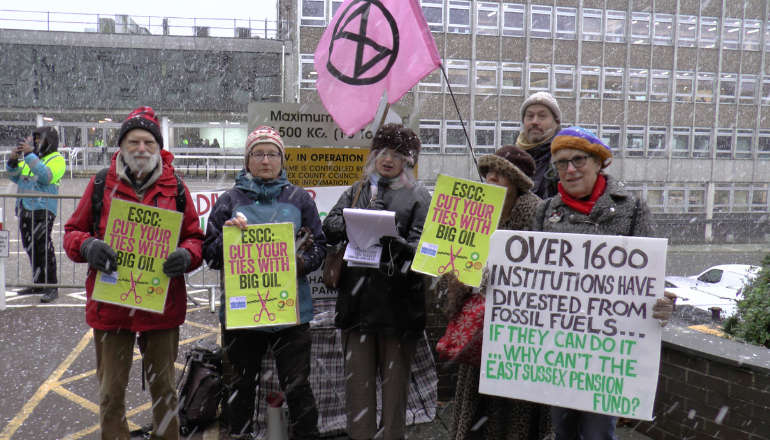 Snowy Protest At Lewes County Hall Calls For Fossil Fuel Divestment
Snowy Protest At Lewes County Hall Calls For Fossil Fuel Divestment
 Local MP Tours Firefighters’ Centre In Littlehampton
Local MP Tours Firefighters’ Centre In Littlehampton
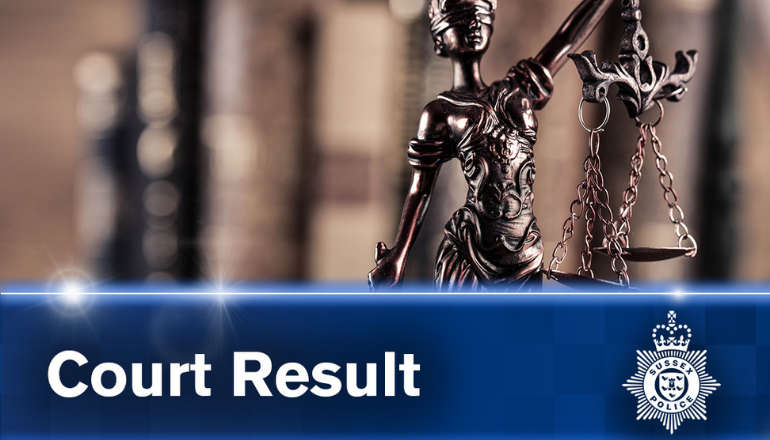 Former Portslade Scout Leader Convicted Of 79 Child Sex Offences
Former Portslade Scout Leader Convicted Of 79 Child Sex Offences